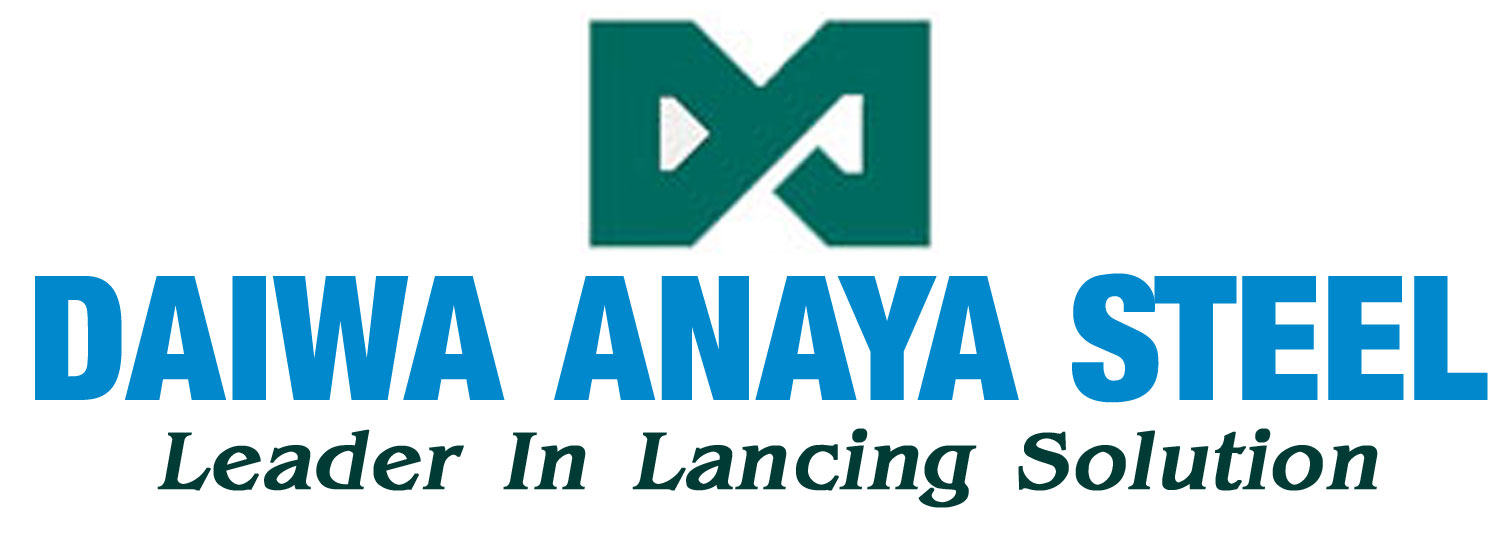
We already know that steel is manufactured from liquid iron from Blast Furnace. The heat from the BF’s stove area melts the metal by transforming pushed air into hot air. Whereas steel is manufactured from scrap in an Electric Arc Furnace. In general, EAFs generate heat using two separate types of Electrical Currents. These are the primary knowledge of the steel manufacturing process.
But today we shall be discussing about an important topic which is quite a point in the Steel World. It is the use of Renewable Energy in Steel manufacturing.
Use of Renewable Energy in Steel Manufacturing
Source: Daiwa Lance International.

Application of Natural Resources in BF/BOF/EAF
The metallurgical coals are required by the steel manufacturers which is one of the most used construction resources on the planet. Commonly, 800kgs of coal is required for one ton of steel therefore producing approx. 70% of world steel with basic oxygen blast furnaces. The overall material consumption and energy per ton of steel for BF-BOF route are 2.8 and 11 times higher respectively than for the EAF route.

The relative carbon releases of the two types of steel making in view of the World Steel Association estimates that the average blast furnace needs around 800 kgs of coal to manufacture a ton of steel, while the average electric arc furnace (which uses mostly recycled steel) requires only 16 kgs of coal.
Renewable Electricity and Green Steel Production
Generally, 7% – 9% of all the emissions from the fossil fuels in the world is responsible for steel production in which coal burning is accounted for the maximum of these. This is why the steel sectors face problems in lowering the carbon emissions as energy accounts for 20%-40% of the steel manufacturing costing. Thus, Green Steel is merely not an option for the big manufacturers. Fortunately, iron is smelted with natural gas, EAF feeds recycled steel and hydrogen are constituted in 30% of the world’s steel production.

Steel making through Hydrogen is the most used technique associated with greener steel. This technology uses hydrogen as both a reducing agent instead of coal and an energy source pulling on renewable electricity to power the process and generating an entirely fossil-free end on solution. Over 40% of European steel is generated by reprocessing scrap metal, which is also a low-carbon form of production.
Use of CA Lance in EAF Steel Making
In the Electric Arc Furnace, CA Lance comes with a lot of help for steel making which is used for injecting oxygen and carbon. The calorized and the ceramic layer both inside out of the pipe enables the CA pipe to stand strong than any other normal carbon steel pipe thus lowering the consumption of the lances. Hence, carbon and oxygen injection in the steelmaking process is helpful through the Calorized Lance.

Therefore, we must keep in mind that all production on Earth should be decarbonized, and we must be dedicated to reducing carbon dioxide emissions from the steel manufacturing process. Hence, the use of CA Lance is recommended as
For more information about the Thermic Lances, please feel free to contact us at sales@daiwaanayasteel.com.
Daiwa Anaya Steel is part of Anaya Steel, LLC (US parent company). Our group has over 30 years of experience in steel products mainly:
- Specialized steel hardware – punched, pressed, galvanized, powder coated.
- Steel pipes and tubing – specialized, color coated, galvanized and structural.
- Our Lance pipes are produced by Daiwa Lance International in Vietnam.
